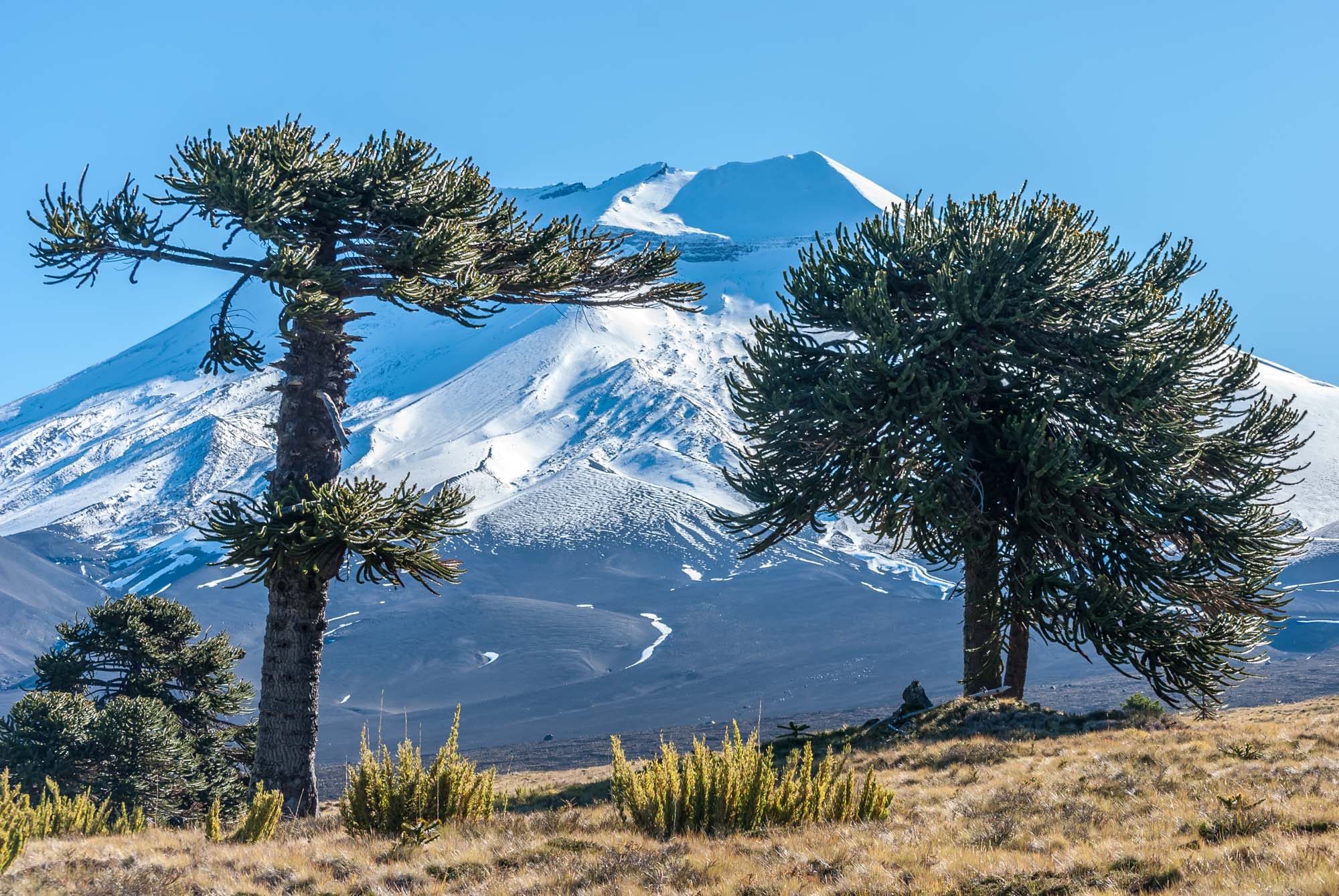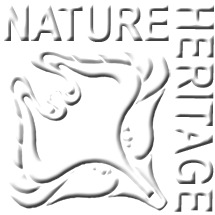Molecular genetic tools for conservation
Molecular genetic techniques have become essential for the study of biodiversity and nature conservation. These tools allow to make the invisible visible. They allow to reconstruct the history of species and populations. Going back in time, processes such as population expansion, decline, historic dispersal patterns and inter- and intra-specific gene flow can be reconstructed, thus allowing to identify evolutionary processes. For current populations, they can reveal the dispersal patterns of plants and animals, relations between species and populations, population size or parentage assignment to name but a few applications. Non-invasive methods by extracting and analysing DNA from hair, faeces or other other remains that can be found in the field, allows the analysis and monitoring of population status of elusive and rare species. Most endangered species are difficult to study with traditional ecological methods and molecular tools represent the most powerful approach to understand their populations and plan for their conservation.
Refining the molecular genetic tools
Molecular genetic techniques have evolved very fast over the last three decades. This is normally the quest of universities and research laboratories. But sometimes, genetic markers need to be identified for specific applied projects, such as in the case of red foxes. We also had to test the reliability of a particularly large data set. The problems of large genetic data sets are relatively new as the technological advances of genetic screening together with decreasing costs has only recently allowed to compile large data sets. We faced the problem whilst analysing the population structure and gene flow of domestic horses from across the world.

Applying molecular genetic toos
We have worked on a broad array of topics ranging from taxonomy to applied conservation management:
- Hispaniolan solenodon, a highly threatened Caribbean ‘relict’ mammal
- translocation of Bojer’s skink in Mauritius
- history of indigenous horse breeds in Croatia
- conservation genetics of the Ethiopian wolf
- genetic description of a possibly new Salanoia mongoose species in Madagascar
- population genetic history of a Salangid icefish in China
- genetic differentiation golden brown mouse lemur populations in Madagascar
- phylogeography the critically endangered golden monkey in China
- phylogeography of the endemic St. Lucia whiptail lizard

